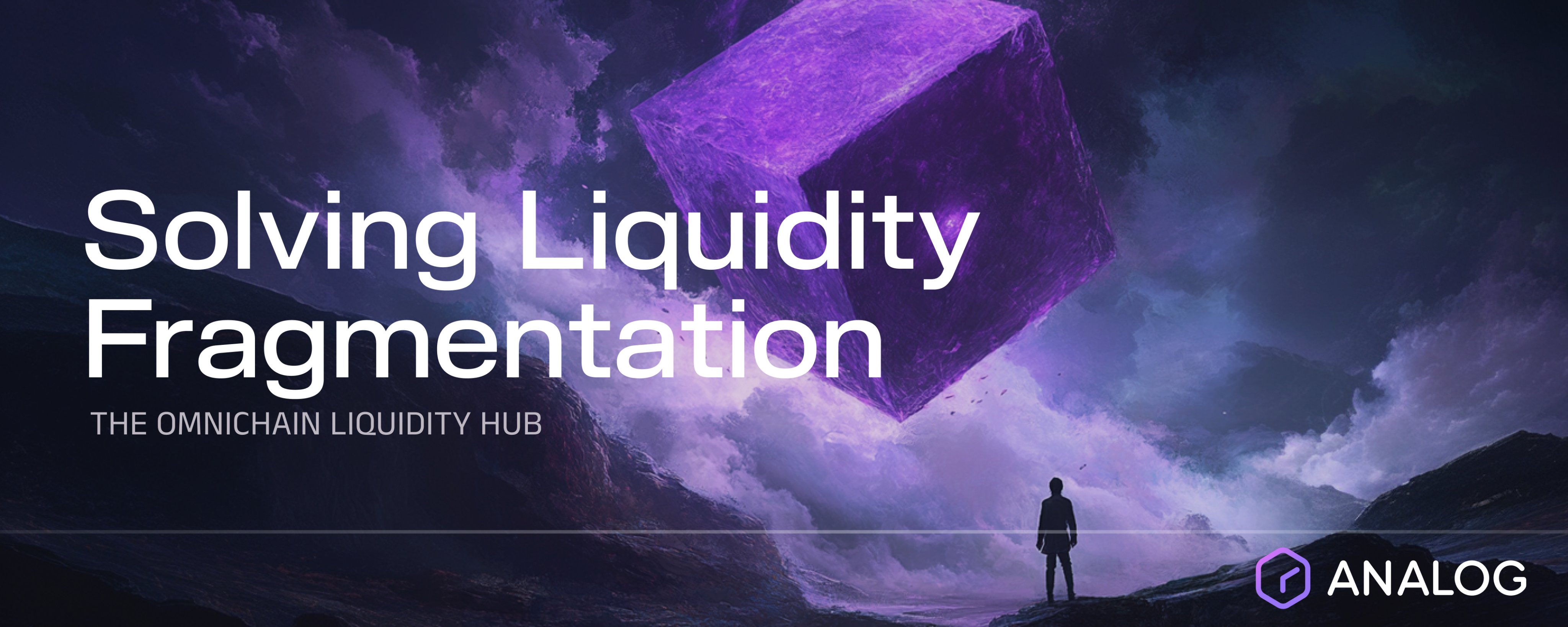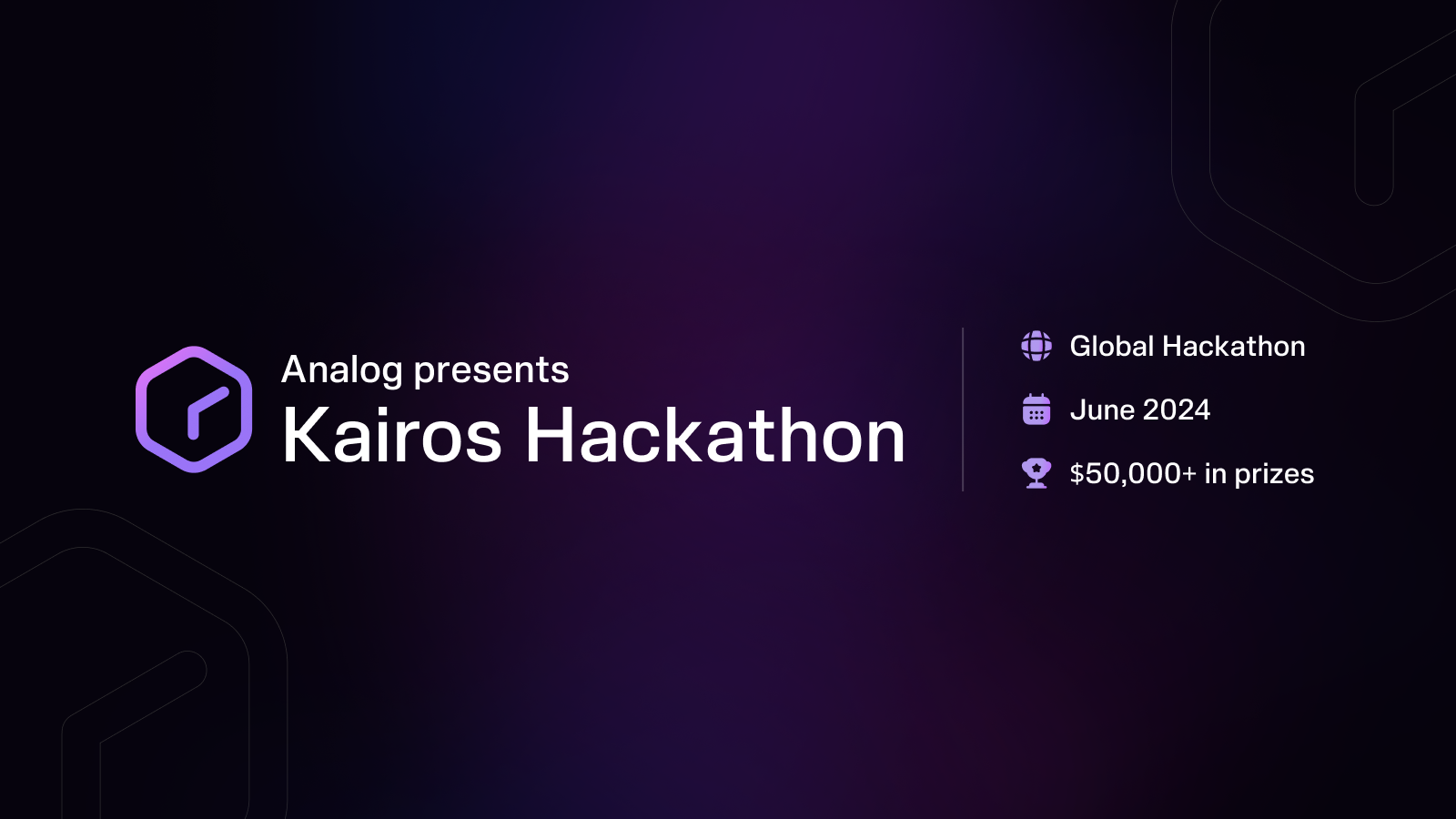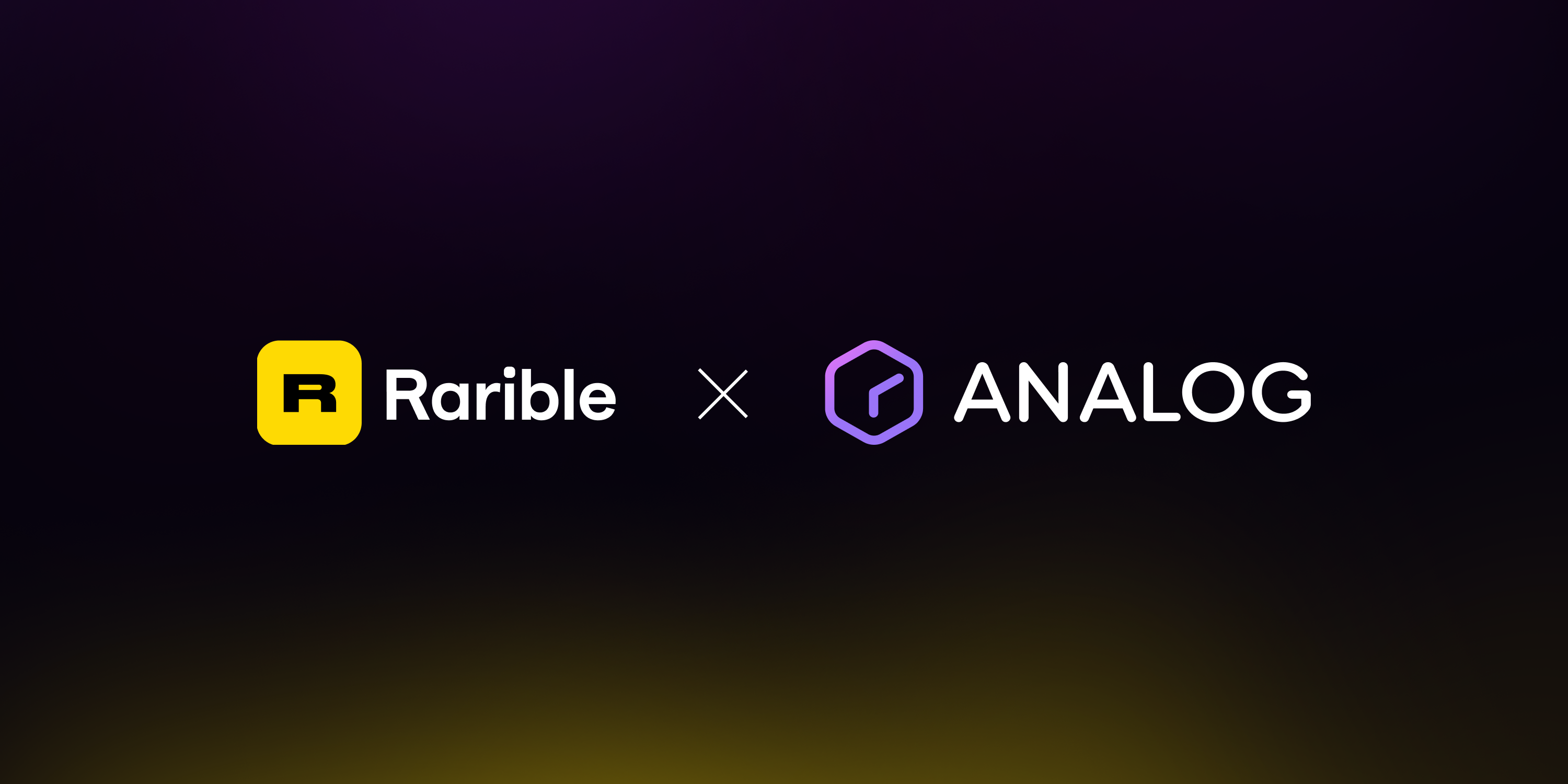
The market continues its cycle. Up, down, sideways. Bitcoin tests new ranges. Ethereum reconsiders its identity. Every other chain competes for relevance and developer attention.
In this environment, the Web3 ecosystem shows remarkable but scattered innovation: new L1 blockchains, seasonal meme tokens, RWA platforms, modular chain architectures, and various zkEVM implementations.
This constant shifting isn't just overwhelming, it distracts us from the fundamental infrastructure needs that would benefit the entire space.
The Core Problem: Liquidity Fragmentation
Under all this noise lies an unsolved challenge: liquidity doesn't flow efficiently where it needs to go.
Look at our current state: thousands of chains operating at once. Total value locked (TVL) spread across dozens of ecosystems.
Capital trapped in silos. Users forced to use bridges when interacting with protocols outside their main network. Developers rebuilding the same DeFi primitives over and over on each new chain.
This fragmentation blocks Web3 from scaling effectively.
Why Portable Liquidity Matters
Whether you focus on bringing RWAs onchain, developing AI agents, or enabling smooth trading, none of these use cases can scale without portable liquidity infrastructure.
Ask yourself:
What good are a hundred chains if liquidity is split a hundred ways
What value does a new L1 add if it just creates another isolated experience?
What future exists for omnichain dApps if nothing truly works together?
The Real Solution: Liquidity Infrastructure
The key isn't another blockchain. It's infrastructure that lets liquidity move freely between chains. protocols that remove the complexity of cross chain interactions. In short, a true liquidity hub.
This is why we're building Analog. Not because we need another L1, L2, or any new blockchain variant. But because Web3 needs infrastructure that solves the core challenge: making liquidity portable across the entire ecosystem.
Unlocking Web3's Potential
When capital can flow freely to where it's most needed or productive, everything else in Web3 becomes possible: better price execution, strong lending markets, cross chain MEV protection, and useful derivatives.
Liquidity infrastructure won't make headlines like the latest token launch. But it provides the foundation that all other Web3 applications need to work at scale.
We keep seeing the same pattern: new chains launch, capital fragments further, then everyone complains about poor liquidity.
It's time for a different approach.
Building Beyond the Narrative
While others focus on this week's trending topic, Analog remains committed to solving the persistent problem of liquidity fragmentation: the issue that truly matters for the ecosystem's success.
The future of Web3 isn't about adding more chains. It's about connecting the networks we've already built, allowing value to flow freely between them.
This is the infrastructure layer Web3 needs, and this is what Analog is building.










